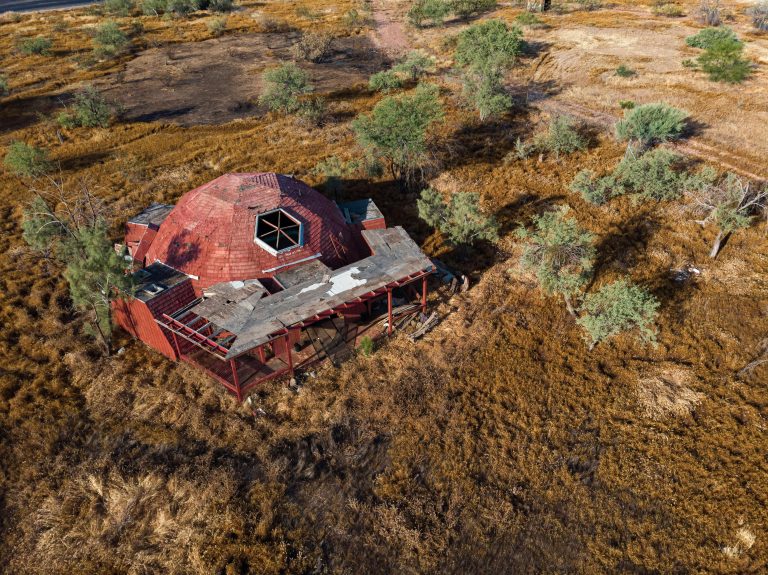If your business is involved in redeveloping land or buildings, you might be entitled to a fairly generous tax incentive called Land Remediation Relief (LRR). But unless you’re familiar with the rules, it can be a bit of a mystery figuring out what actually qualifies and what doesn’t.
So, what falls under Land Remediation Relief? And how can you tell if your project ticks the right boxes?
Here’s a straightforward breakdown of how it works, what types of land and costs qualify, and how much relief you could actually claim.
What is Land Remediation Relief?
Land Remediation Relief is a UK tax incentive aimed at encouraging companies to clean up and bring previously developed, contaminated, or derelict land back into use. It’s available to companies (not individuals) that are subject to Corporation Tax.
In simple terms: if you’re a UK company spending money to fix or clean up land or buildings so they can be redeveloped, you might be able to claim extra tax relief on those costs.
And not just a little qualifying expenditure can be claimed at 150% of the actual cost (or 50% if you bought the land in a contaminated state). That can significantly reduce your tax bill.
What Types of Land Qualify?
For your project to fall under LRR, the land must meet one of the following conditions:
1. Contaminated Land
This is land that’s been polluted by substances harmful to people, animals, or buildings and which requires treatment before safe development.
Examples include:
- Land polluted by oil, heavy metals, or asbestos
- Sites affected by former industrial use (e.g. gasworks, chemical plants)
- Properties with lead paint or sulphate-contaminated concrete
- Land with invasive species like Japanese knotweed
2. Long-Term Derelict Land
This applies to land that has been unused for at least 10 years and is in a poor enough condition that it can’t be redeveloped without serious effort, like removing structures, concrete slabs or foundations.
To qualify, the dereliction must be physical; simply being vacant isn’t enough.
What Costs Can Be Claimed?
You can claim relief on a range of costs involved in making the land or property usable again. This includes:
- Site investigations (e.g. surveys and testing)
- Removing contaminated soil or materials
- Treating or containing pollutants on-site
- Removing buried structures or derelict buildings
- Professional fees are linked directly to the remediation work
The costs must be revenue in nature or treated as such for tax purposes. And they must be linked to land your company owns or intends to develop.
If you’re cleaning up land you already owned before discovering the contamination, you still qualify as long as you didn’t cause the contamination yourself.
What Doesn’t Qualify?
Just as important as what’s included is what isn’t. You can’t claim Land Remediation Relief for:
- Land or buildings you contaminated yourself with
- Routine repairs and maintenance
- Dealing with naturally occurring substances, unless they pose a clear risk
- Costs already covered by insurance or a third party
- Work that’s not necessary for making the land usable
Also, residential landlords and property developers who intend to sell new homes typically can’t claim LRR unless it’s for commercial or mixed-use developments. The rules here are quite specific, so it’s worth checking with a tax advisor.
A Quick Example
Let’s say your company buys a former industrial site in London. During your site survey, you discover there’s asbestos buried underground and some residual oil contamination from old machinery. You spend £80,000 on surveys, specialist removal, and soil treatment.
Because the contamination wasn’t caused by your company and qualifies under the rules, you could claim £120,000 (150% of the cost) as a deduction on your Corporation Tax return reducing your taxable profits.
If you had instead bought the land already knowing it was contaminated, you could still claim 50% of the costs.
Getting the Claim Right
HMRC expects you to keep detailed records of the work done, the reason for it, and the costs involved. That means reports, invoices, plans, and evidence showing why the work was necessary (especially if it involved contamination).
It’s a good idea to involve a specialist early, not just a tax accountant but also an environmental consultant if needed to confirm the eligibility of the site and the nature of the remediation.
Does This Apply to You?
You might be eligible for Land Remediation Relief if:
- You’re a UK company paying Corporation Tax
- You’re redeveloping brownfield or derelict land
- You’ve carried out clean-up or removal works to make that land usable
- You didn’t cause the contamination
- You’re keeping records of the costs and why they were necessary
Even if you’re not sure, it’s worth asking the question. Many companies miss out on this relief simply because they don’t realise their project qualifies.
Land Remediation Relief is one of those tax breaks that sounds niche but can make a real difference to project costs. If your business is cleaning up land for commercial use, it’s definitely worth exploring.


